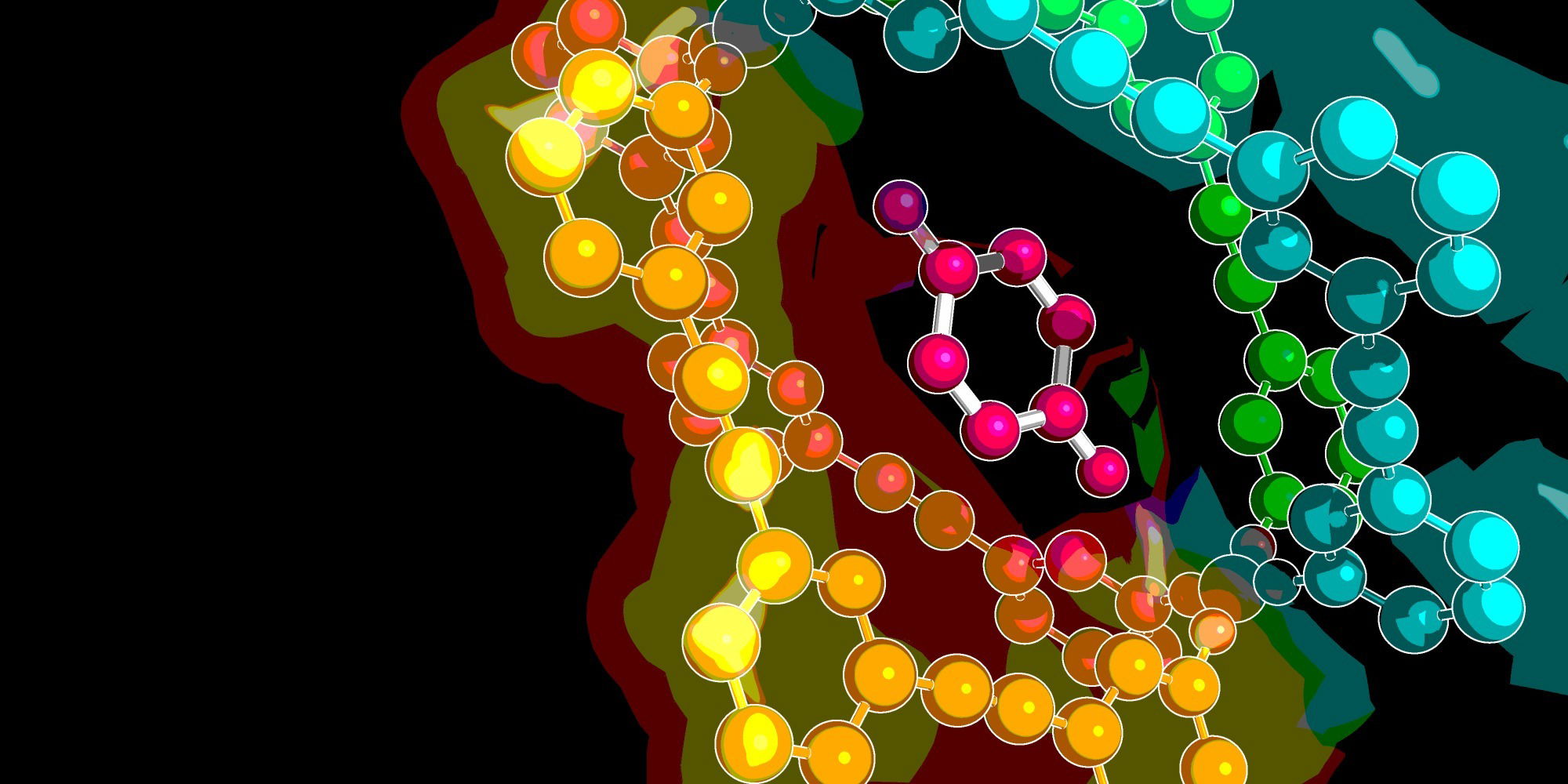Modelling Molecules: what is needed?

My research explained in less than two minutes
Drug discovery and development is a long road. It takes, on average, ten to thirteen years for a new drug to reach market and the cost can be around 1 billion dollars. However, the time and money spent on the initial stages of a drug discovery campaign can be reduced with the help of computational chemistry tools, like Molecular Dynamics simulations. MD simulations allow us to study the interactions between molecules (for example drug candidates) and they offer us a view of the dynamic evolution of molecular systems by looking at molecular trajectories. However, Molecular Dynamics simulations and their results, are highly dependent on functions and parameters that are called forcefields and describe the electrostatic behaviour and the connectivity of molecules. Forcefields is the main topic of my research project, that has two milestones: To generate forcefield parameters for a host-guest molecular system; and to extend functionality in Sire, a Molecular Dynamics framework, to support QuBe, a new, promising forcefield.
For the first part of my project, the host-guest system that I am studying is a supramolecular nano-capsule with catalytic properties, consisting of four organic ligands bridging in conjunction two Pd(II) ions. These nano-capsules are of great importance as they can imitate the way enzymes catalyse reactions in nature. When a small molecule enters the capsule, the activation energy is reduced by stabilising the transition state of the reaction, without changing the equilibrium between substrates and products. Another point of interest, is how strongly the small molecule is bound to the capsule. For this reason, I am using Alchemical Free Energy Perturbations. This statistical mechanics method, employs unphysical ("alchemical") intermediates to estimate the free energies of binding of the small ligand to the host molecule.
Free Energy Perturbations are often used in biological systems, like protein-inhibitors systems, to assess the ligand’s potential to become a drug candidate. This brings us to my second project. I am working to extend functionality in Sire, a Molecular Dynamics framework, to allow the incorporation of the QuBe forcefield for alchemical free energy calculations. QuBe is a system-specific forcefield with parameters derived from Quantum Mechanical (QM) calculations. HIV-Reverse Transcriptase, an enzyme that is responsible for the replication of HIV genome, and 100 of its inhibitors will be parameterised with QuBe, validated against experimental binding affinity data and compared with the widely-used General Amber forcefield (GAFF) using relative free energy calculations. Finally, the new version of Sire will be released for public use.

Figure: The replication and inhibition mechanism of a retrovirus depends on the functionality of the enzyme ”Reverse transcriptase”. Colour code: RNA: green, cDNA: blue